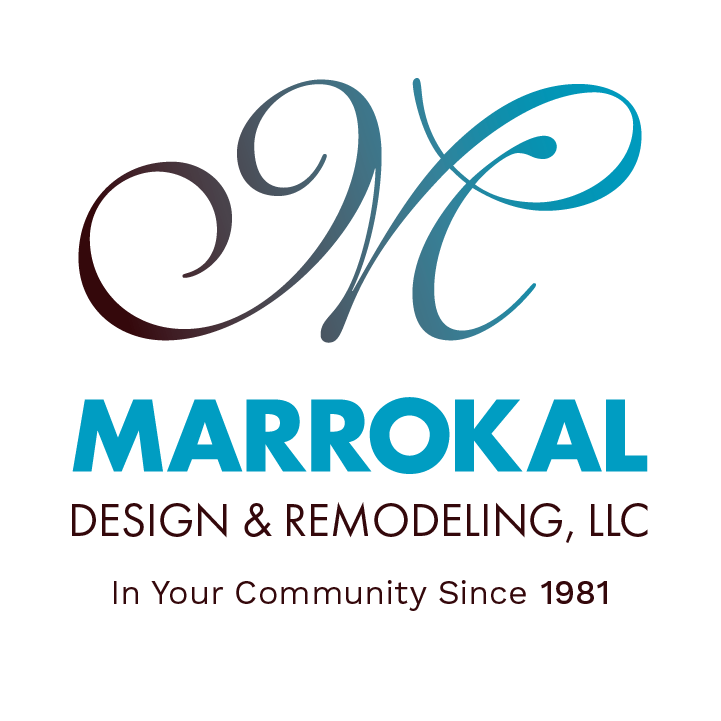With your photos and sketch, the local zoning officials should be able to tell you the maximum sized room you can build within the current zoning laws. The process involves all of the same things that you find in new home construction: foundation, footings, framing, zoning, permitting, HVAC, flooring, plumbing, electrical, new windows, roofing, etc. You can create your own set of plans utilizing a home design software package, or enlist the services of a design consultant. Without plans and a checklist in place, the probability of getting the addition you envision is highly unlikely.
Room addition projects can cost upwards of tens of thousands of dollars so, unless you are paying cash for your project, you will need to obtain financing. This will require a complete set of plans including structural details to obtain building permits. In many respects, adding on to an existing structure requires far greater skill. You wouldn’t want your addition to look like it was tacked on to the side of your house. The goal of a quality contractor is to match the interior and exterior of your addition to products that will match or complement the existing finishes. Also, bear in mind the additional time and effort required for the workers who must work around you unless the house is vacant.
When adding a room it is important to carefully consider the size and configuration. If the new room is built too small, you will be forever kicking yourself for not spending enough time and money for making it bigger when you had the chance. If the room size is too big, you may end up with a house that looks awkward and fails to complement the existing dwelling. Getting a chance to be involved in the planning and design of your new room is exciting and challenging but perhaps the most rewarding part of adding a room to your home is the benefit of knowing you have added value, saved money in the process, and best of all you didn’t have to move.






